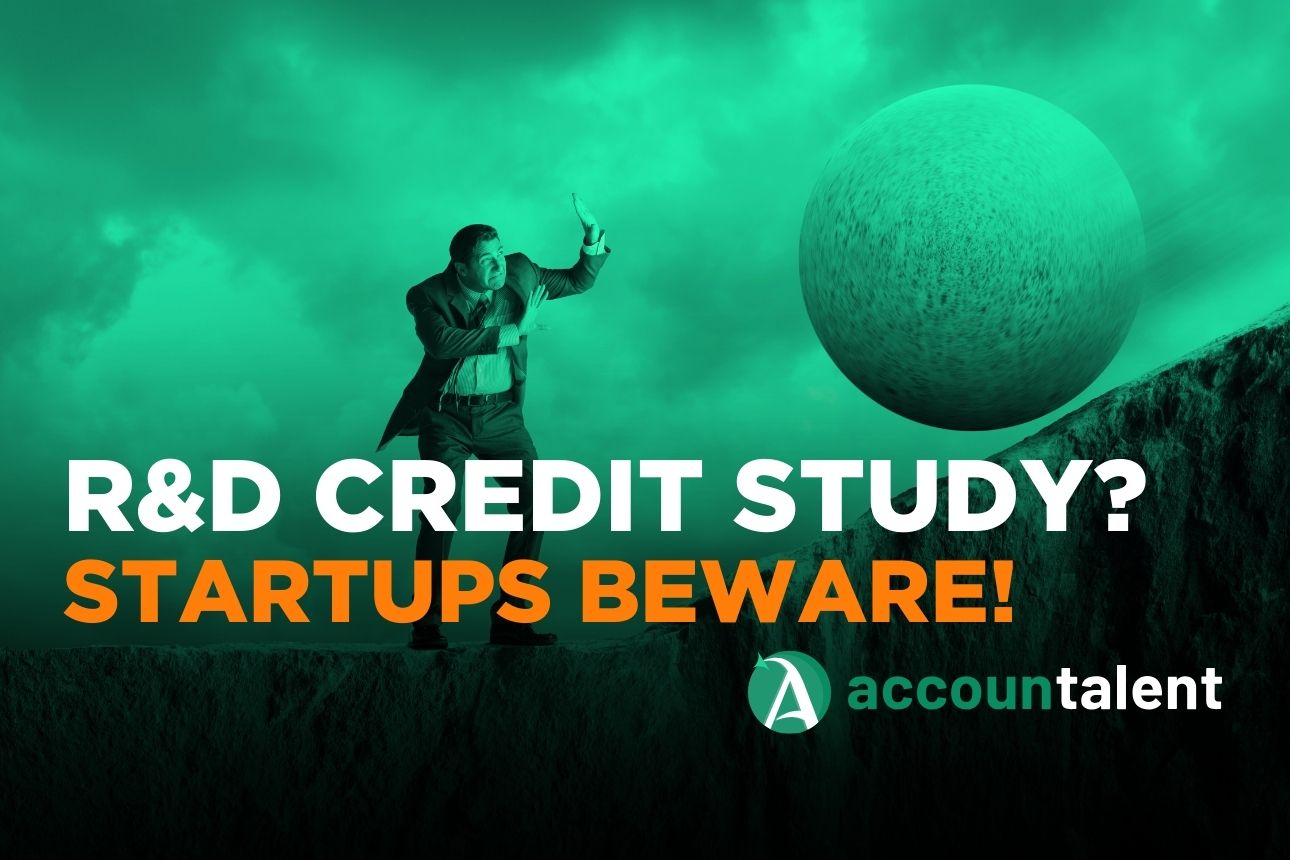Articles

Employee Retention Credit for Pre-Revenue Startups
The Employee Retention Credit (ERC) is a refundable credit worth $7K per employee per quarter […]

Section 139 Plans: Startups BEWARE
One of the Bay Area “usual suspects” is at it again – this time pushing […]

Startups Beware: The R&D Credit Study Deception
We have prepared tax returns for over 5,000 early-stage startups and see many R&D Credit […]

What is the California Water’s Edge Election?
What is the California Water’s Edge Election? And should your startup use it? Many startups […]

Stimulus Bill Quiz: PPP and ERC
Over the past few weeks, Accountalent has been sharing the latest updates on the most […]
How one founder could pay no taxes on a $196M gain with a ROTH IRA
When it comes to the topic of wealth preservation, there is no shortage of strategies. […]
What does a President Biden mean for the R&D Credit for startups? Here’s our prediction.
Will a President Biden change the R&D Credit for startups? The answer is maybe. Biden […]
California startups beware: Moving your business out of The Golden State might not be such a golden idea…
A lot has happened since the start of 2020. More companies and employees than ever […]

So You Sold Your Startup for $50M – Why You Netted $19M, and How You Could Have Netted $32M
Congratulations! This is it. Every entrepreneur’s dream is now your reality. You built your business […]